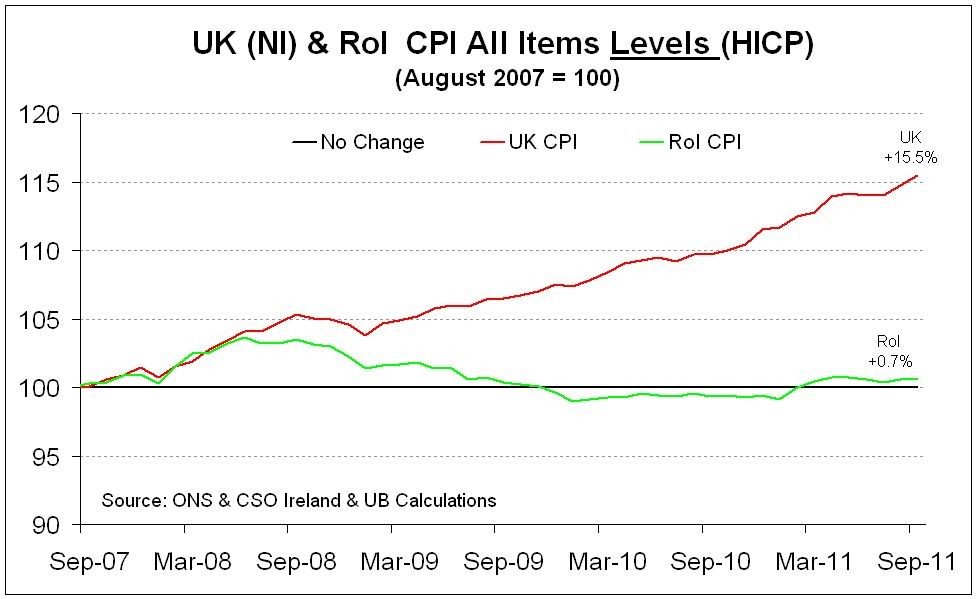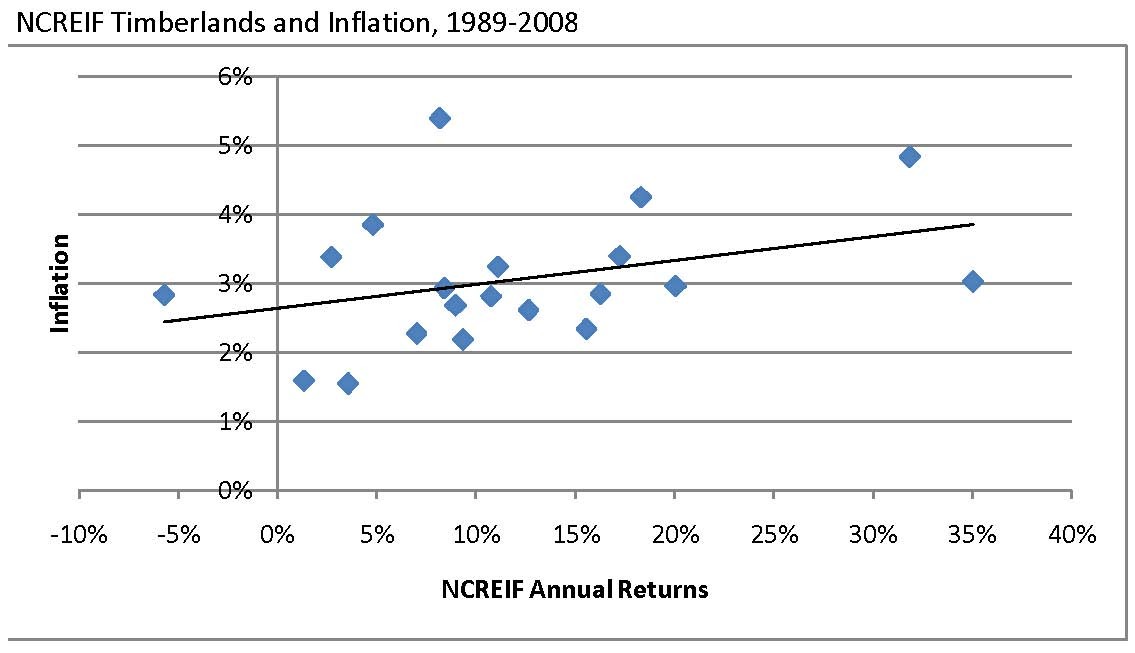An Alternative Inflation Index
Post on: 19 Апрель, 2015 No Comment

I have long been a strong critic of the US government’s reporting of price inflation. I claim that the government statistics significantly understate the true inflation rate but I have not been able to back up my criticism with any real hard data due to the lack of an alternative inflation gauge. The lack of alternate data inspired me to create my own inflation index using price data from my own memory, the internet, old receipts, and old catalogs to see how it compares to the official inflation figure.
Inflation is a personal experience with a slightly different effect on each individual depending on his or her particular mix of consumption, locality, and ability to find a bargain. However, these differences tend to even out over time so the most effective measurement is over a long sample period. To construct the index, I recovered the average price for a variety of products and services from 1968 and compared them to the same item today.
1968 is an important year because it represents a transition from the stable prices of the previous decades to the Great Inflation years of the 1970s. Interest rates were just starting to rise above long-standing norms and prices were starting to take off. The international gold standard started unraveling in 1968 with introduction of a two-tiered gold price system that ultimately led to total abandonment of the gold standard several years later. 1968 represents the beginning of a series of price adjustments that pummeled the buying power of the US dollar.

The Freebuck.com Inflation Index is an average of price components that is weighted and categorized in approximately the same manner as the official Consumer Price Index. Housing represents the largest component at 40% with other categories having lesser impact. The inflation rate is calculated as a price multiplier with a base year of 1968 which represents the number of 2004 dollars that are required to purchase what $1 bought in 1968. The annualized inflation rate is the equivalent average compounded yearly inflation rate over the 36 year period. Prices were selected to be representative of the times, not necessarily exact price quotes. To make the price comparison meaningful, index components were selected that are similar in function and quality in both time periods. No hedonic adjustments for quality changes have been made. Some prices were unique to my home state of Minnesota where national data was unavailable. Components were selected to be representative of that product or service category. Of course, much is excluded to keep the index simple.
Browse the Index components and if you are old enough to remember, ponder how prices have evolved over 36 years.














